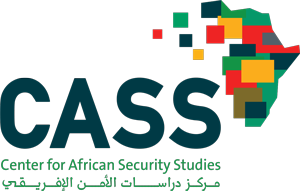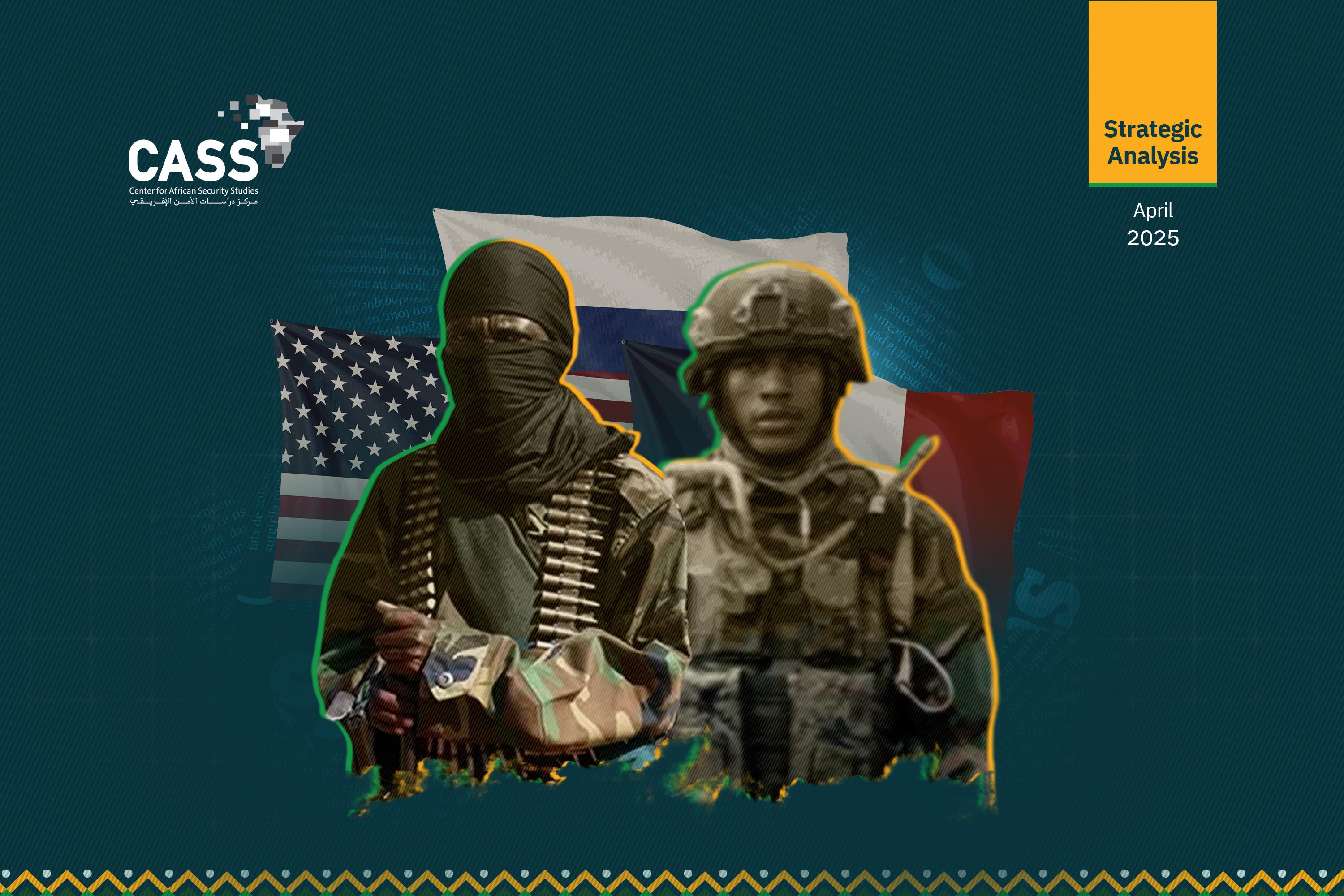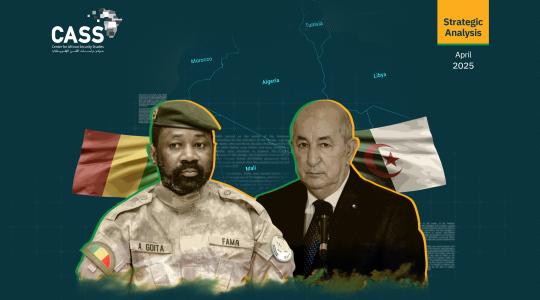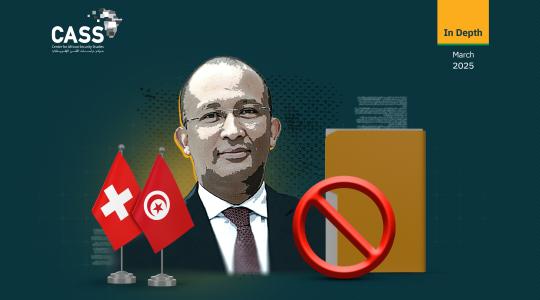Over the past decade, African countries have have re-emerged as key theaters of geopolitical rivalry between global powers, particularly Russia and the West. This competition is no longer limited to struggles over natural resources or political influence; it has extended deep into African societies, where outside actors are re-engineering the social and ethnic fabric. Home to more than 3,000 ethnic groups, the continent is witnessing an alarming uptick in the exploitation of ethnic tensions, which are recycled and fueled by outside powers to serve their own strategic, military and economic objectives.
Ethnic divisions in Africa are not new, but they are evolving. Rather than being mere hangovers from colonialism or signs of the weakness of nation states, many such struggles have become tools in proxy conflicts between world powers. Russia and the West are redrawing the map of influence by forming alliances with ethnic groups or supporting militias based in certain areas, whose loyalties are often based on ethnic or religious identities. The transformation of ethnic affiliations into political tools has become a prominent feature of the militarization of conflicts on the continent, which has led to deepening societal polarization and undermined national reconciliation processes in theaters of past conflicts.
The CAR as Russia’s Testing Ground
The Central African Republic is a prominent example of the exploitation of ethnic and religious divisions in international geostrategic rivalries. Plagued by chronic fragility in its state institutions since its independence in 1960, the country’s central government came to the brink of complete collapse in 2013, following the ouster of President François Bozizé at the hands of the predominantly Muslim Séléka coalition. This development, and the subsequent formation of the Christian Anti-balaka militia, plunged the country into a civil war.
It was in this context that Russia intervened, rapidly becoming a key player in the CAR. After signing a military cooperation agreement with Bangui in 2017, Moscow began sending it military advisors and equipment—along with Wagner Group mercenaries, who are believed to have played a dual role of supporting the government and carrying out their own security operations, as well as establishing an economic foothold in the country for their own purposes. This has allowed Russia to re-engineer the balance of power on the ground by creating new frontlines based on ethnic and religious divisions, giving it a level of influence that no foreign power had had in the CAR for decades.
The Wagner Group has gained notoriety through its implication in horrific violence against civilians, including systematic rape and torture, especially in the predominantly Muslim north. This has inflamed sectarian sentiments and fueled the civil war.
For their part, Western countries—first and foremost France and the U.S.—have failed to offer viable alternatives; their interventions have been seen as too little, too late. The traditional French presence declined significantly after Paris decided to withdraw its troops in 2021, while the U.S. limited itself to providing diplomatic support and development programs through its agency for international development (USAID), which did little to match Russia’s activities and impact on the ground.
A Struggle for Resources and Geopolitical Symbolism
It is clear that the power struggle in the CAR is not only about supporting the central government or imposing stability. Rather, it is linked to broader objectives related to the country’s resources and its position on the African geostrategic map. Through the Wagner Group, Moscow effectively controls the gold and diamond mines in the country’s north, which it uses to finance its operations elsewhere in Africa, such as Sudan and Mali.
Russian influence in Africa in general, and in the CAR in particular, has become a prototype for a comprehensive strategy of exploitation, based on the exchange of security support for economic concessions and influence over specific ethnic groups. This has turned the country into a laboratory for new forms of foreign intervention.
Conclusion
All this considered, it is reasonable to conclude that the exploitation of ethnicity and ethnic divisions is no longer a mere side effect of the CAR’s conflict and others across Africa. Rather, it has become a strategic choice, adopted by global powers to establish areas of influence where they can gain a military and political foothold. The CAR represents the most obvious case of this phenomenon, being a weakened state with failing institutions and a torn social fabric, allowing it to be exploited as the theater of an international conflict that in turn feeds on these local divisions.
If this pattern of external intervention continues, it will have serious repercussions for the stability of the continent and the future viability of its nation states. This is where regional and international actors, especially the African Union, can play a vital role, by championing models of collective security and sustainable development that block outside powers from using ethnic divisions as ammunition in their own geopolitical battles.




